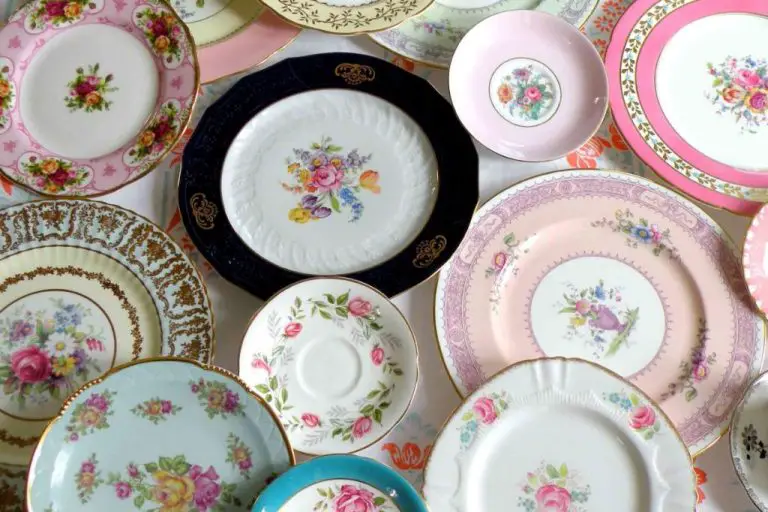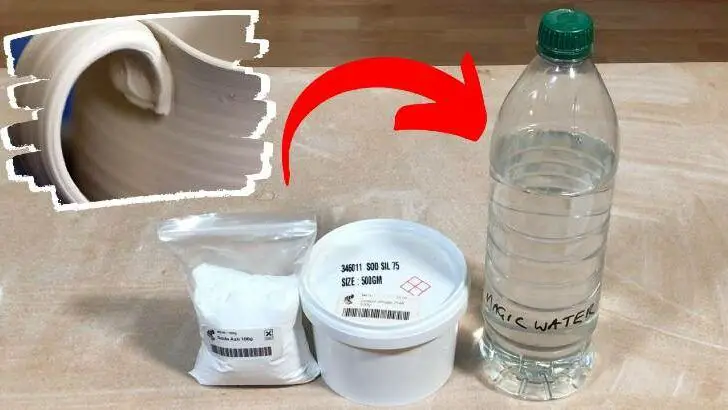How To Make Ganesha With Clay Mud?
Ganesha, also known as Ganapati, is one of the most popular Hindu deities. He is widely revered as the remover of obstacles and patron of arts, sciences, and intellect. Devotees believe that worshiping Ganesha before beginning any major activity brings good fortune. Clay idols of Ganesha are commonly made during the festival of Ganesh Chaturthi, celebrated each year to mark Ganesha’s birthday.
Making a Ganesha idol from clay mud is a fun craft activity that allows you to create your own representation of this beloved deity. With some basic materials and a bit of sculpting practice, you can make a beautiful clay Ganesha for display in your home.
To make your own Ganesha idol from mud, you will need:
– Clay or potter’s clay
– Rolling pin
– Sculpting tools like knives, cutters, etc
– Paints
– Varnish
– Decorations like jewels, flowers, etc (optional)
Gather Materials
To make a Ganesha idol from clay mud, you will need to gather the following materials:
Clay – The best type of clay to use is an air-drying earthen clay. Look for clay that is smooth and elastic. Avoid clay that contains large particles or debris as this can make sculpting more difficult. Pottery clay or modeling clay are good options.
Modeling tools – Gather basic sculpting tools like loop tools, shapers, sculpting knives, dotting tools, etc. These will help shape the details of Ganesha’s face, arms, clothing, and other features.
Paints – Acrylic paints work well for painting clay. You’ll want basic colors like red, yellow, blue, black, and white to start. Gather a few small paint brushes too.
Varnish – An acrylic varnish will help seal and protect the finished painted clay idol. A matte or gloss varnish will both work.
Make the Head
The most distinctive part of Ganesha is his elephant head, so take care in properly shaping it. Start by forming an oval shape for the main part of the head using your clay. Pinch and pull the clay to extend the front into a short trunk. Use your fingers to indent the trunk slightly at the tip.
For the ears, roll two small balls of clay into teardrop shapes and attach them on either side of the head. Flatten the broad part of each ear slightly before securing to the head.
Finally, form the crown by making a flat disc with a raised center portion. Place it on top of the head and blend the clay together to affix the crown. You may need additional clay to build up the height of the crown. Shape and smooth it into a dome. The crown is an important symbol of Ganesha’s royalty.
Make the Body
Once you’ve sculpted the head, the next step is to create Ganesha’s body. Start by sculpting the torso. Form a round ball of clay for the main body and attach it firmly beneath the head. Make sure the head and body are securely connected.
Next, add the arms. For Ganesha, sculpt four arms – two on each side. Roll individual tubes or cylinders of clay for each arm and carefully attach them to the sides of the torso. Shape the arms so two are raised and two are resting on the knees. Be careful not to make the arms too thin or thick in proportion to the body.
Finally, sculpt the legs in a crossed, lotus sitting position. Roll a ball of clay for each leg and position them so the ankles cross in front of the torso. The soles of the feet should be facing upwards in the traditional lotus pose. Take care to blend the legs smoothly into the base of the torso.
Add Details
This is the fun part where you can get creative adding details to your Ganesh idol. Use small clay balls and sticks to sculpt the eyes, shaping them into circles or ovals. Poke a small hole in the middle for the pupils. For the mouth, roll a tiny clay coil into the shape of a smile.
Now you can add symbols and decorations that are meaningful for Ganesh. Tiny clay balls or ovals work well for a large belly button. For jewellery, add necklaces, arm bands, anklets or a sacred thread across the chest. Roll tiny coils to make them. Ganesh’s trunk can hold objects like an axe, lotus flower, bowl of sweets or a rosary.
Tiny details like expressions in the eyes and mouth bring life to your Ganesh idol. Feel free to get creative with the shapes, jewellery and symbols you add. The details make each idol unique.
Let It Dry
Proper drying time is crucial when making a Ganesha idol from clay mud. Allow the idol to air dry completely before moving on to painting and finishing. Depending on factors like climate and thickness of the clay, drying can take 1-3 days. Ganesha idols are relatively small, so 1-2 days of drying is typical.
Set the idol in a safe location where it won’t be disturbed, and let it sit until the clay has hardened completely. The clay must be bone dry or the paint won’t adhere properly later. Check for any damp spots by gently pressing on the clay.
For faster drying, you can optionally bake the idol at a very low temperature like 200°F for 30-60 minutes. This helps harden the clay evenly. Just don’t over-bake it or the clay can become too brittle. Carefully monitor the idol if baking to avoid cracks.
Once fully dry, the clay will be hard, lightweight and ready for painting and finishing touches. Proper drying helps ensure a long lasting, high quality Ganesha idol.
Paint the Idol
Painting the Ganesha idol brings it to life with vibrant colors. Traditionally, idols are painted in bright hues like red, yellow, green and blue. Red symbolizes purity and strength, while yellow represents wisdom and patience. Green denotes new beginnings and growth, and blue signifies calmness and tranquility.
Start by painting the main body of Ganesha in orange or yellow first. This represents his golden complexion. Then paint the face, trunk, arms and legs in shades of red, green and blue. For a more ornate look, use gold paint to decorate the crown, jewelry and garments. Gold signifies prosperity and good fortune.
Paint the eyes black to show alertness and use white to accent the tusks. finally, outline major features like the head, trunk and limbs in black as well. This helps define the shape and highlights intricate details. Allow sufficient drying time between coats to ensure the colors stay vivid.
Add Varnish
Once the paint has fully dried, it’s time to add a protective varnish over the Ganesha idol. Varnish serves several purposes – it provides a nice sheen, protects the paint from chipping or fading over time, and gives the idol a smooth finish. When applying varnish:
- Use a clean, wide brush to apply thin, even coats across the entire idol.
- Let each coat dry completely before adding another. Multiple thin coats are better than one thick coat.
- Allow the idol to dry in a dust-free area for at least 24 hours before use or display.
High-quality varnish brands made specifically for arts and crafts work best. Apply 2-3 coats for good protection and shine. The varnish protects all your hard work while giving your handmade Ganesha murti a beautiful, sleek appearance.
Final Touches
Once the paint has dried, it’s time to add some final decorative touches to the Ganesh idol. You can get creative and customize it to your liking. Here are some ideas:
Add decorations
– Adorn the idol with fresh flowers like marigolds or roses. These are offered to Ganesha in rituals.
– Stick gems, beads, sequins or other embellishments using craft glue. Add them in patterns or designs.
– Use leaves like those of the holy basil plant. These are said to please Ganesha.
Fix to base if making freestanding
– If making a freestanding idol, fix it to a base like a thick wooden board. This provides stability.
– You can even decorate the base with rangoli powders, flowers or fabric.
With these final touches, your DIY Ganesh idol made of clay is ready for display and worship. Enjoy the process and have fun customizing it to your liking.
Conclusion
Once your Ganesha idol is complete, you can proudly display it in your home or at a public event. Place it in a prominent area so guests can admire your handiwork. Light some incense or set out offerings to welcome Ganesha into your space.
Remember that clay idols are fragile, so take care when moving them. Avoid exposing them to water or extreme temperatures. If transporting your idol, wrap it carefully to prevent breakage.
At the end of the festival, do not throw the idol in a river or leave it outside. This causes pollution and is environmentally irresponsible. Instead, you can immerse the idol in a bucket of water at home. Allow it to dissolve completely before pouring the water in your garden. The clay will enrich the soil.
To store your Ganesha between festivals, wrap it in cotton cloth and place it somewhere safe like a puja room. With proper care, your homemade clay idol can be used for many years of celebrations!


